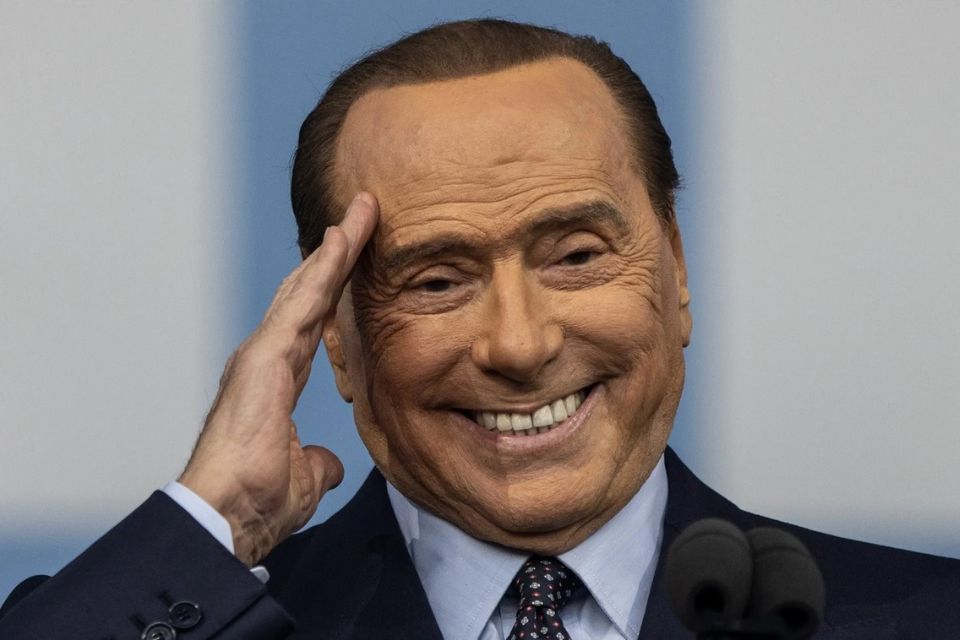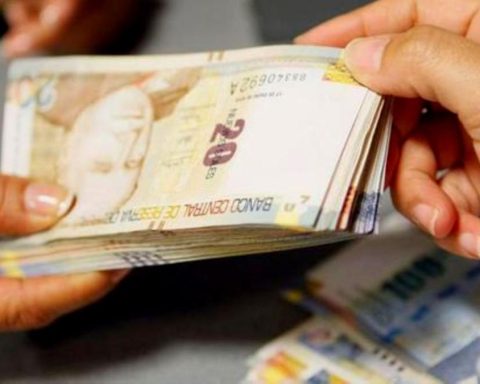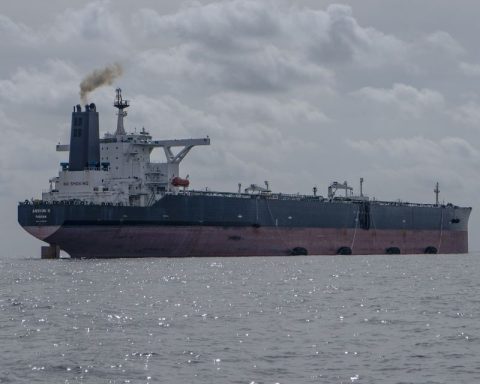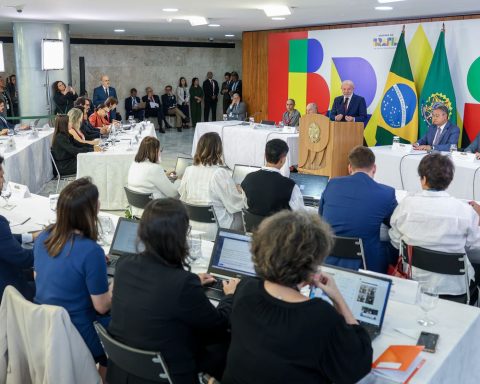June 12, 2023, 4:04 AM
June 12, 2023, 4:04 AM
By: Lic. Luis Fernando Romero Torrejón *
On June 6, the World Bank in its “World Economic Outlook” it has readjusted its economic growth projections for both developed and developing countries; In the case of our region, Latin America and the Caribbean, it has established that it will slow down to 1.5% for this administration, where powers such as Brazil and Mexico will grow by no more than 2.5%, Argentina will contract by a 2%. In the case of South America, it will barely have a growth of 0.8%, where the country of Guyana, by far, will have the highest economic growth in the southern cone, with 25.2%.
In the case of Bolivia, the World Bank lowered the projection from 2.7%, according to the April report, to 2.5% for June of this year, very far from the 4.86% projected by the national government; Even the prospects for our country indicate that in 2024 and 2025 we will have a growth of 2% for both administrations, which, although it cannot be affirmed that we will enter a recessive process again, but at least a slowdown of our economy.
But this phenomenon did not really start recently or because this international organization came up with a not very encouraging report for Bolivia and its growth, the story began, at least the turning point, in 2014. That year, as we all know, our economy began its process of contraction in its Gross Domestic Product. (GDP), which for that year was 5.46%, which gradually decreased until 2019 with a figure of 2.22%; In 2020, a tragic year due to the pandemic, our real GDP reached a figure never seen before, not even in the 1980s, of -8.74%. Later, in 2021, we grew extraordinarily to 6.11%, a recovery both statistical and natural of a local and world economy that had to spend and consume more to get out of the Covid crisis.
Another fact, which I think is important to clarify, to avoid success, is that according to the latest data from the World Bank, Bolivia would have, if the projections are met, the 4th economic growth in South America, after Guyana, Paraguay and Ecuador; in the regional context, our position falls drastically to number 16. However, it must be clarified that these growth figures must be taken with tweezers and analyzed with a magnifying glass, since each national context is very different and its characteristics are particular; otherwise we would believe that Guyana is a power with its 25.2% growth and that Brazil, with 1.2% by 2023, is a depressed economy, but quite the opposite, if we take this in absolute terms, the GDP of the verde amarelo reached 1.92 trillion dollars in 2022, let’s do the math, end of discussion.
What is the reason for this lower growth projected for Bolivia? In reality, it is a trend for most countries in the world, since there has not yet been a full nominal recovery, but above all a qualitative one from the levels prior to the pandemic, that is, we are still suffering the consequences of it.
The first world economies are still experiencing an inflationary process, which implies restrictive monetary policies, that is, an almost continuous increase in interest rates, which addresses money, credit and financing, that is, it limits investment and spending, therefore, the economy slows down in order to to control inflation. If we add to this the instability of international markets, due to the latent European war, the situation becomes more complicated.
All of the above undoubtedly affects and will affect Bolivia, an economy that takes prices and is highly dependent on the international context, since it has a primary export model based mainly on the sale of raw materials; which is reaffirmed by the IBCE, which indicates that as of the 1st quarter of 2023, traditional exports (minerals and hydrocarbons) represented 79% of the value of our exports to the rest of the world.
Internal factors also have a lot of weight to slow down our present and future economic growth, mainly due to the fall in our NIR, by 77%, from 2014 to date, especially due to high public spending, fixed exchange rate, inefficient subsidies and the expensive importation of fuels, which, until April, meant us $us. 1,007.5 million.
All derived in that this year, exists, for all the above, plus the implementation of unsuccessful monetary policies by the BCB, a latent shortage of dollars in the country, especially in the national financial system; This strengthened the parallel market, generated uncertainty, increased speculation and made the purchase of this currency more expensive, bringing an imbalance in the national economy.
A country that does not have a sufficient and timely amount of foreign currency for its different economic agents, whether for their internal and external commercial or financial transactions, will have fewer possibilities of economic growth and a higher opportunity cost.
(This opinion is personal, but based on official statistics)
* President of the Tarija Departmental College of Economists

















